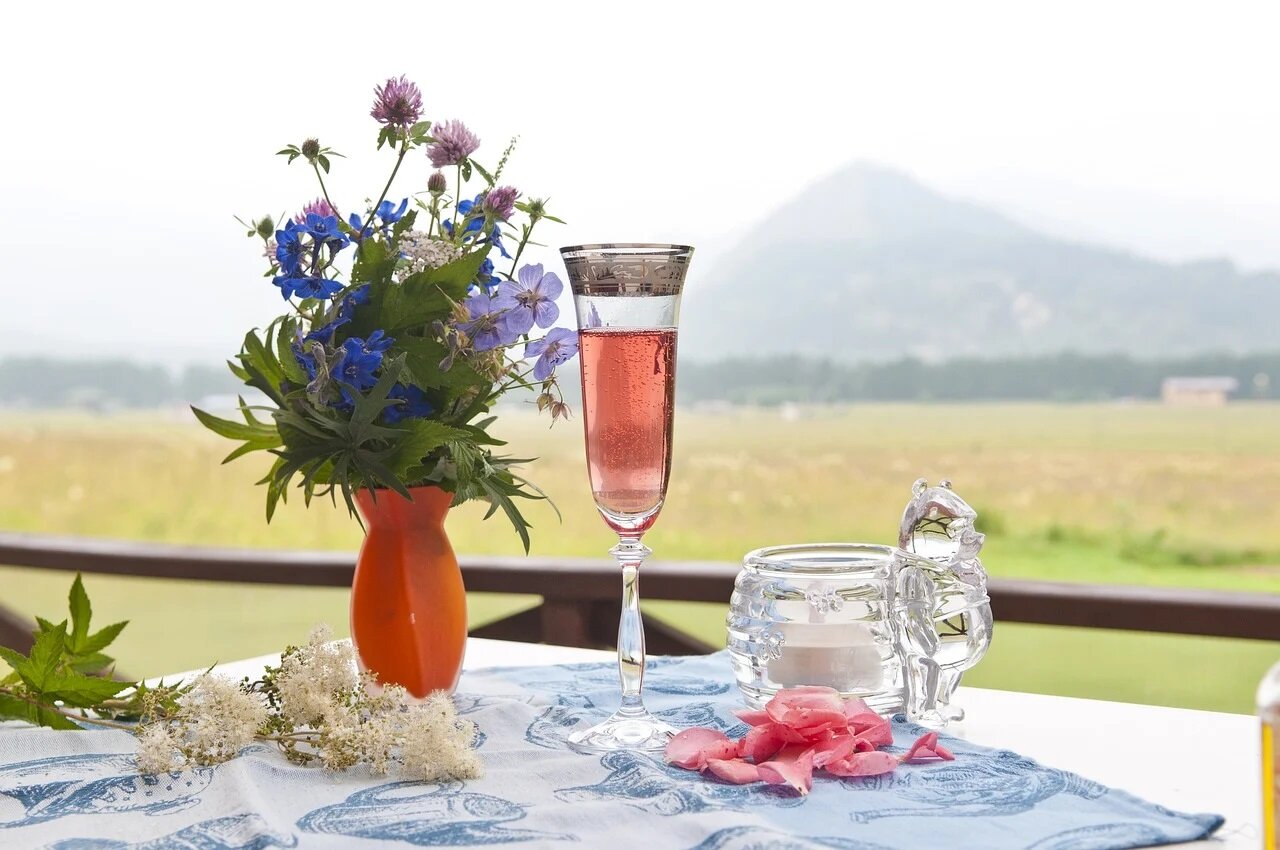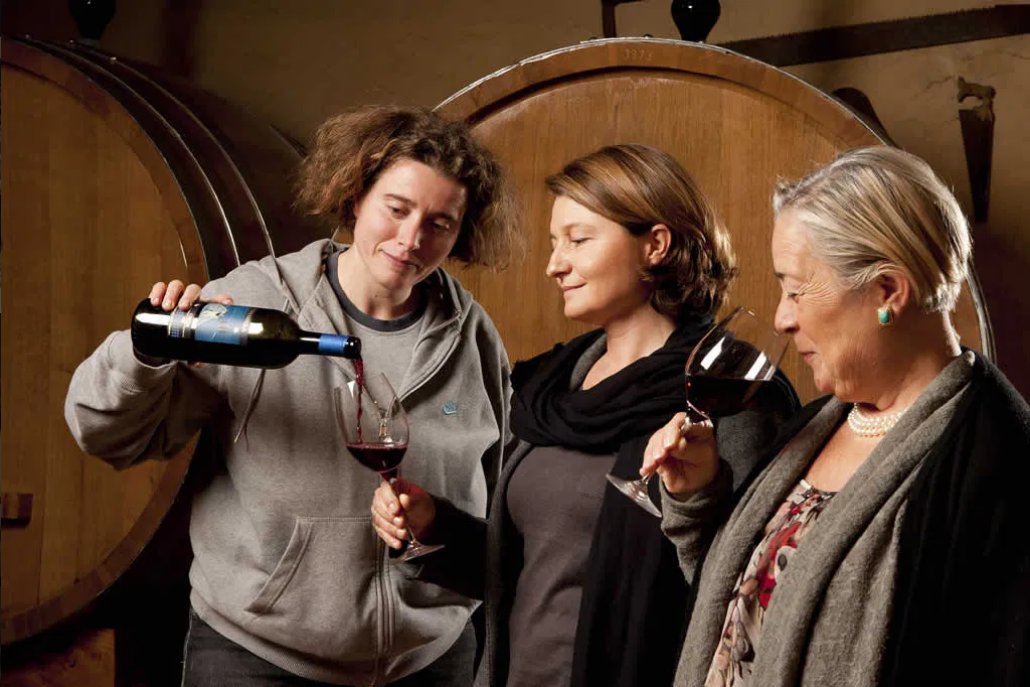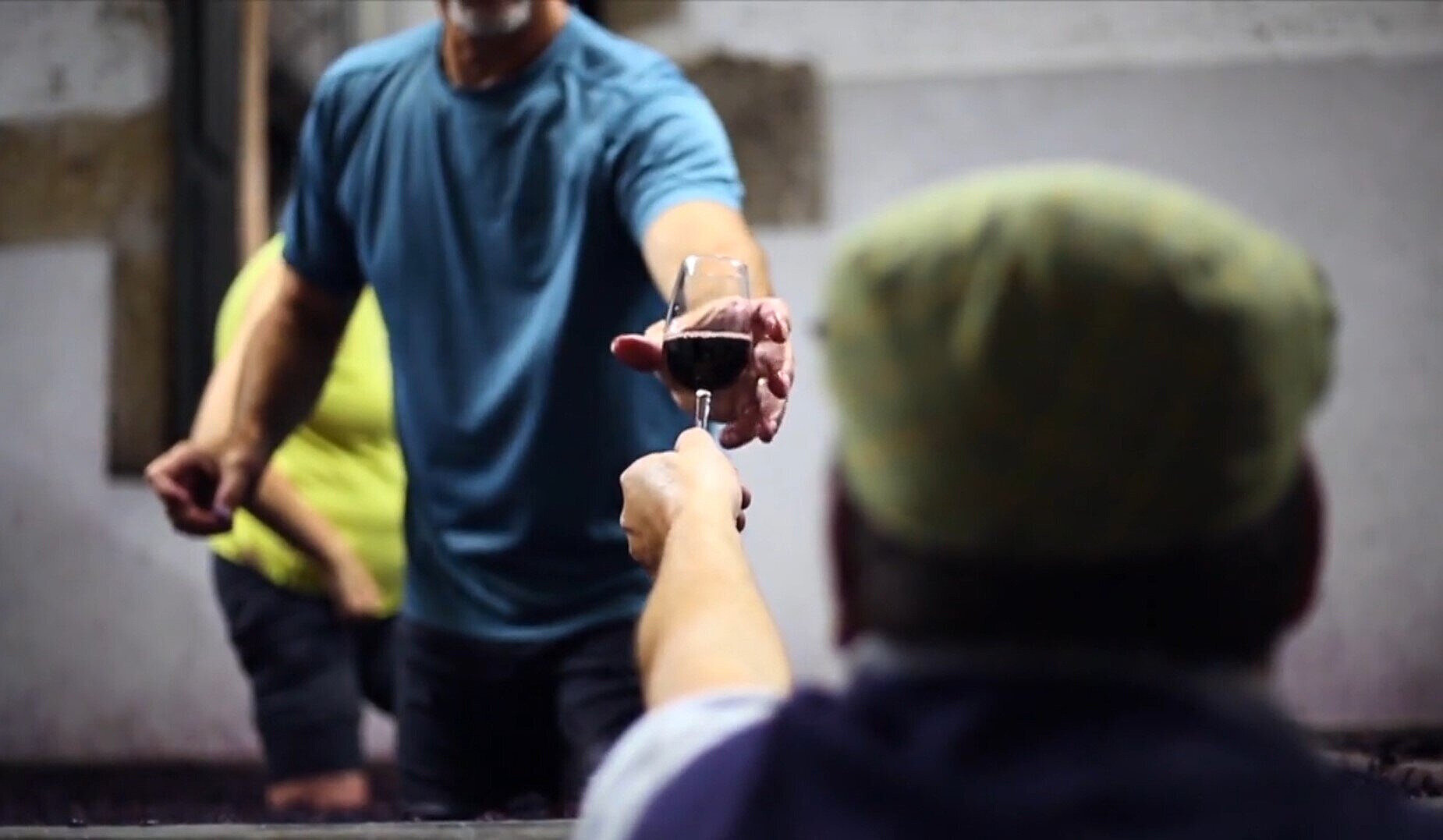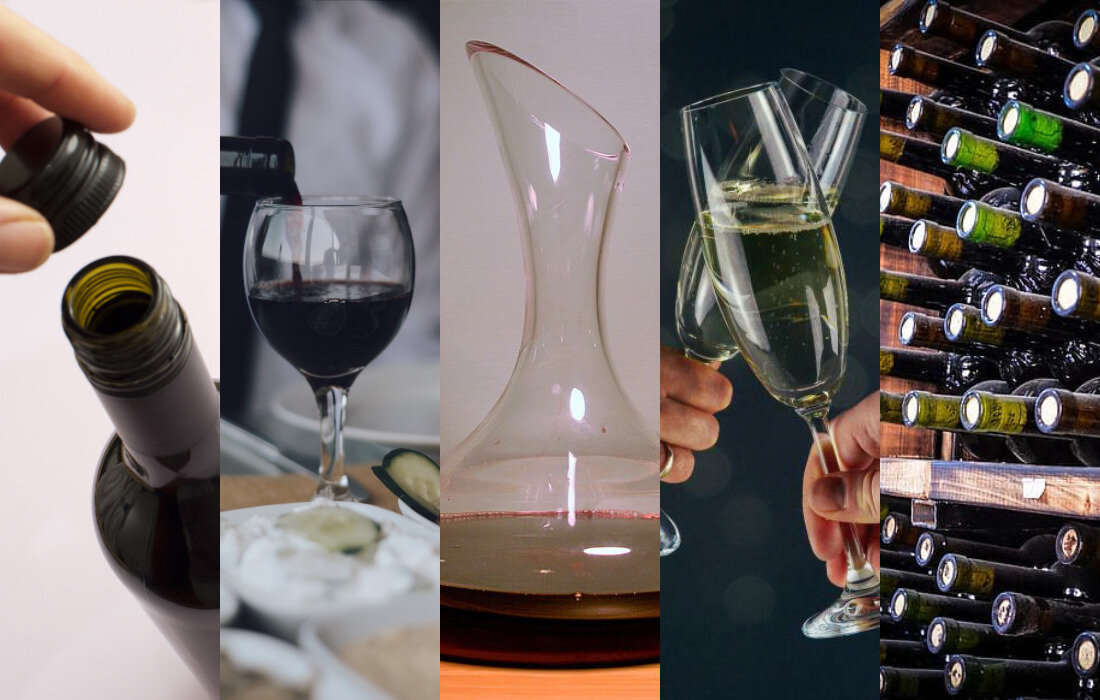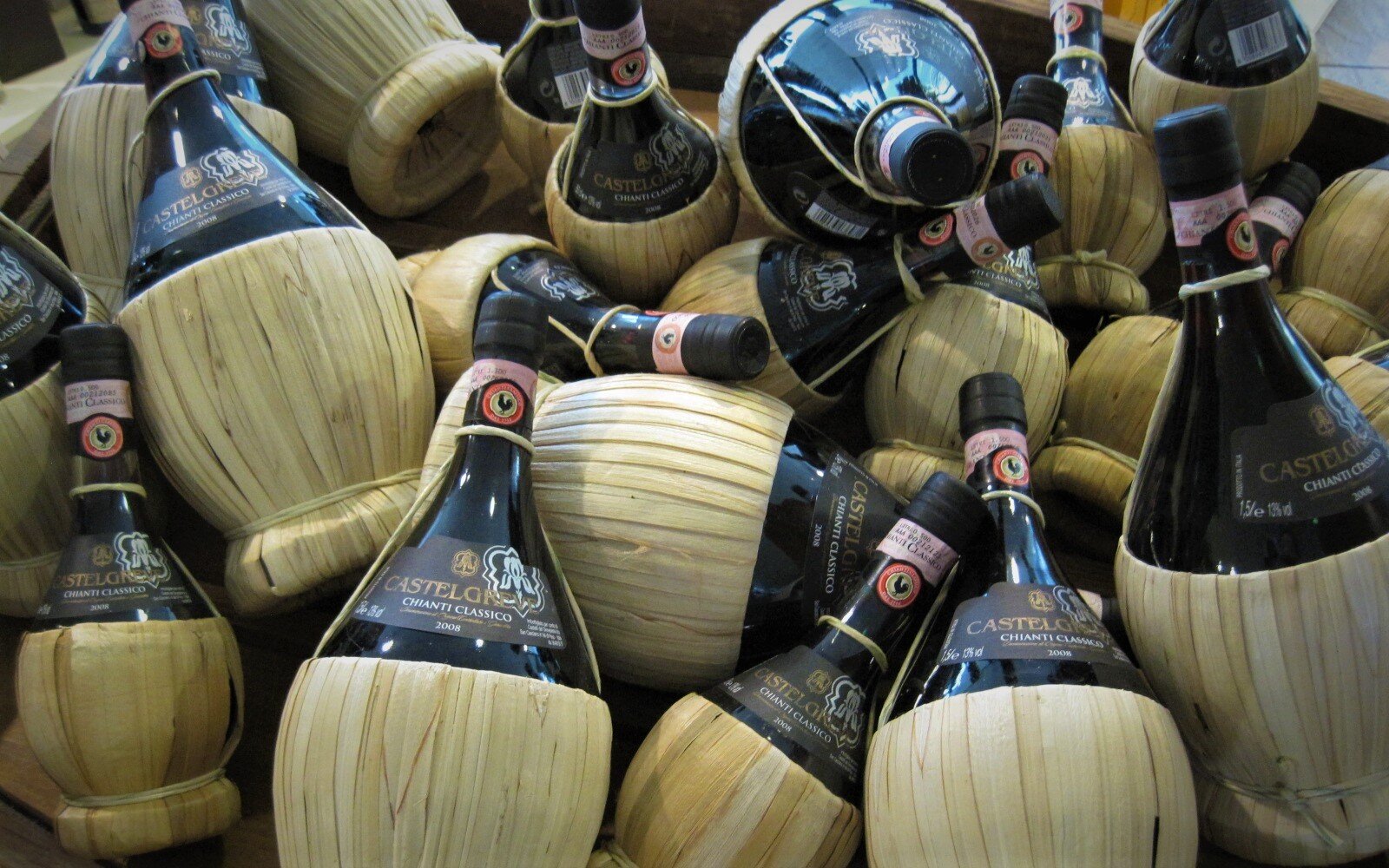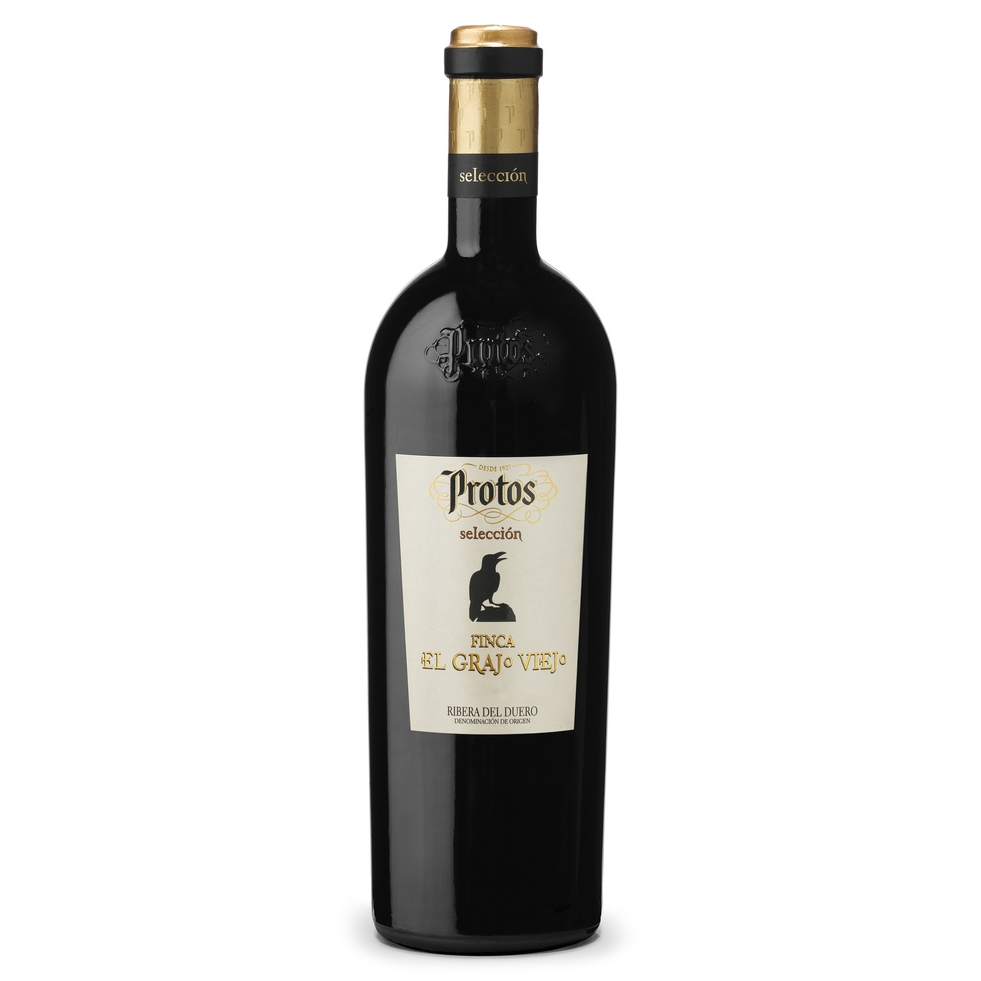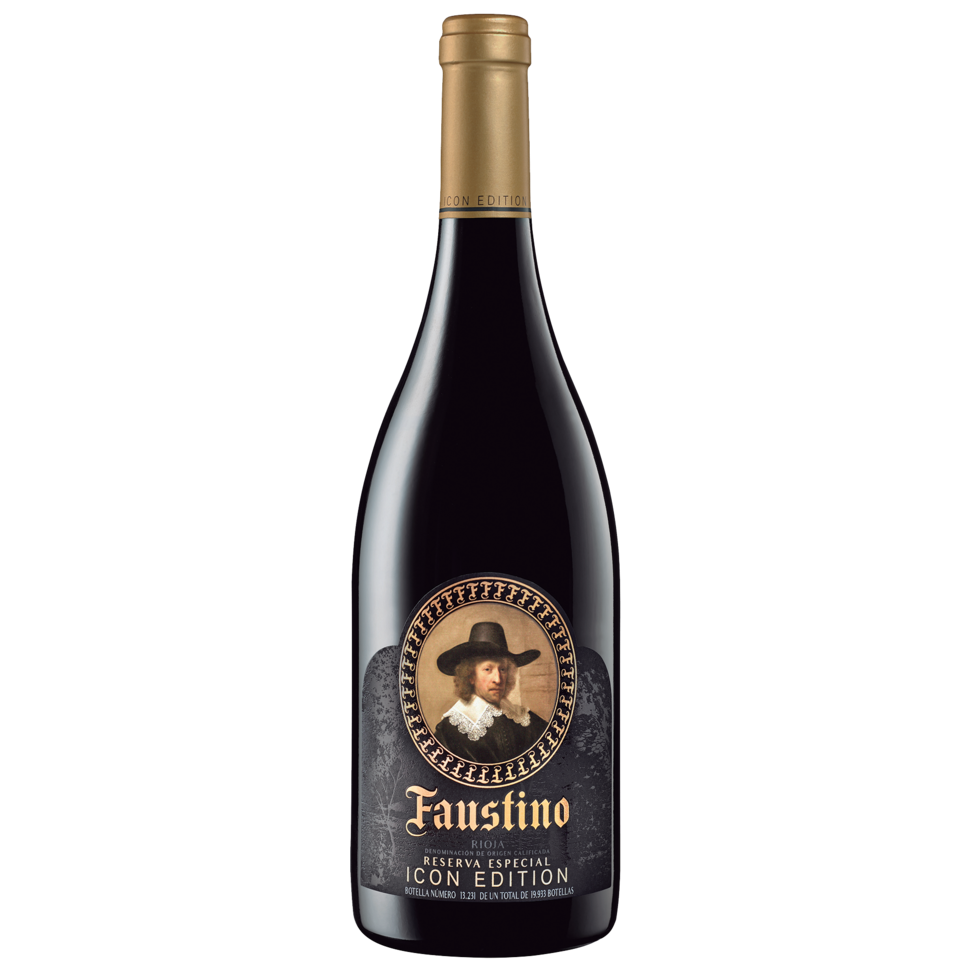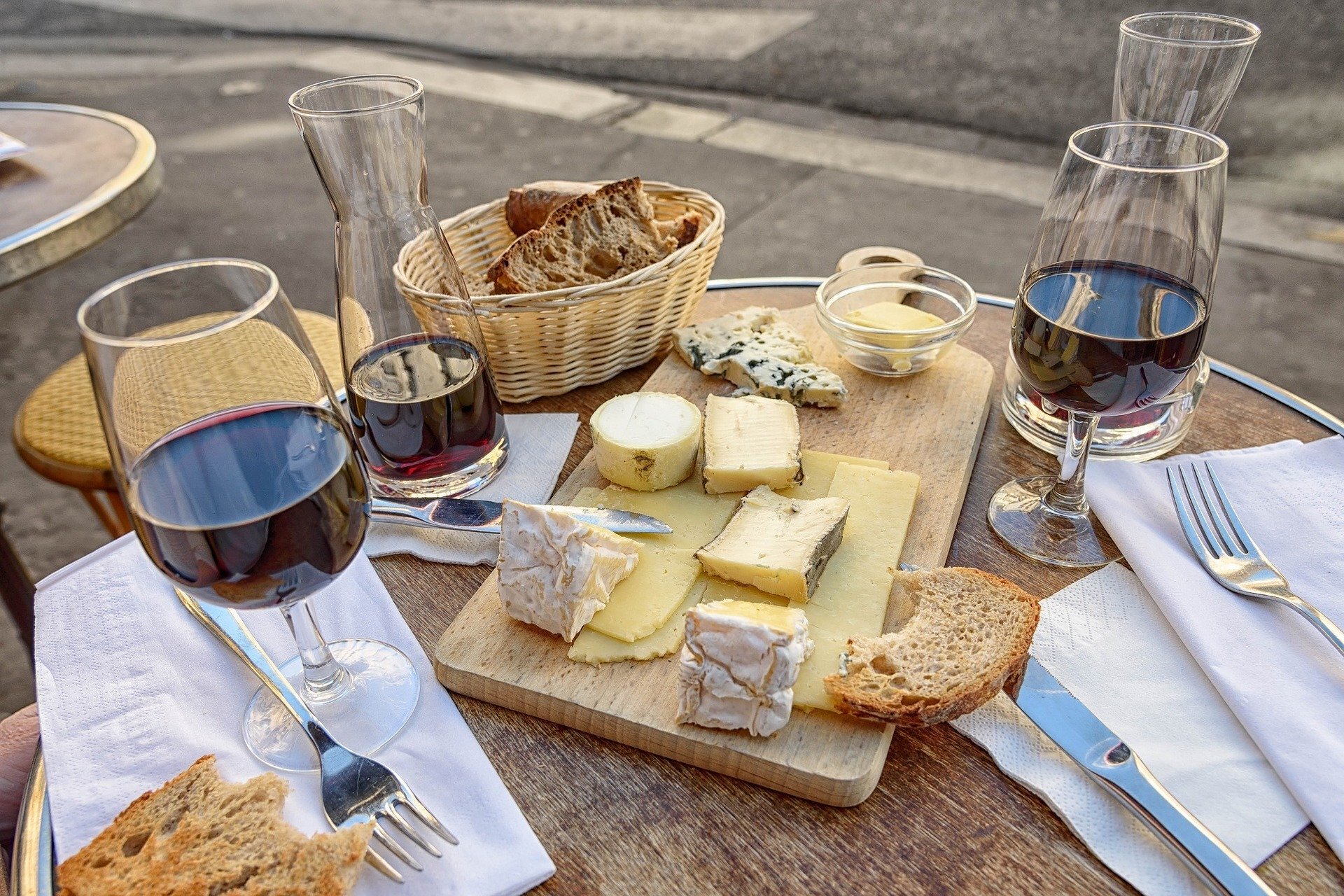

Wine and food pairings can be much more versatile than you imagine (Image by 272447 on Pixabay)
Hi, dear reader, Breno here.
We have recently got feedback emails from our newsletter subscribers praising some of our recent posts for being didactic. I hand it to everyone who’s collaborating, from readers to our Chief Wine Officer Julien Miquel to our founding member Paulo Pinto. Thank you all!, and let’s keep going with that in mind.
As a fine wine lover (and investor), it could be that you love good wine and good food, but have trouble pairing dishes with the right wines.
“Red wine with meat? White wine with soft cheese and poultry? Dessert wines only with sweets? How to deal with fortifieds? What do I do?”
What I think about this?
It’s no problem at all. Really. No one is supposed to be a human encyclopedia. Be wary of people who pose themselves with an answer for everything.
I, myself, very often Google potential pairings when I’m out of ideas for certain dishes or wines that available at home. I still have so many wines, grapes and styles to try that I’m happy to just be an everlasting student. Learning never ends!
Let’s, then, try to show some basic principles that can make it easier for you to find the right choices in food and wine pairing! I’ll keep it simple, because I’m no expert like our Chief Wine Officer Julien Miquel (follow his tips on our blog every now and then).
***
A FEW BASICS
A few bullet points can be the basis for your whole experience. Take these straight-to-the-point tips by Wine Folly as an example:
-
The wine should be more acidic than the food.
-
The wine should be sweeter than the food.
-
The wine should have the same flavor intensity as the food.
-
Red wines pair best with bold flavored meats (e.g. red meat).
-
White wines pair best with light-intensity meats (e.g. fish or chicken).
-
Bitter wines (e.g. red wines) are best balanced with fat.
-
It is better to match the wine with the sauce than with the meat.
-
More often than not, White, Sparkling and Rosé wines create contrasting pairings.
-
More often than not, Red wines will create congruent pairings.
CONGRUENT OR CONTRASTING FLAVORS
Always have in mind: pairings can be congruent (when it amplifies flavors) or contrasting (when it balances contrasting flavors).
For these pairings, six classes of taste are to consider when talking food: salt/y, acid, sweet, bitter, fat/rich and spice/y.
A great way to start with pairings is to identify the basic dominant tastes in the food you plan on having.
Example: having spaghetti alla carbonara? Here you have saltiness from guanciale and pecorino romano and richness from the starch-cheese-egg-yolk mixture and the pasta. Yes, there are different flavors that can stand out.
As for wine, we can think of three dominant levels: acidity, sweetness and bitterness. Whilst red wines have more bitterness, white/rosé/sparkling wines tend to have more acidity and sweet wines… more sweetness, of course.
But these generalizations are not enough to make you a pro in pairing – after all, as you know, there are unending variations of each of these wines, while different foods and cuisines can have multiple flavors that will stand out.


Tapas and tempranillo wine: what a match. (Photo by Yulia Grigoryeva via Shutterstock)
A MATTER OF INTENSITY
The dominant tastes in food and wine are now done!
Let’s move on to think in terms of intensity.
Food can be lighter or more intense. Seemingly light-intensity foods may actually carry intense flavors that would not be identifiable at first.
Think of an unsuspicious salad. Will it have, for example, feta cheese? Balsamic vinegar? Any sweeter dressings? Some smoked or cured meat on the side? These are just a few out of numerous examples that can add intensity to a light dish.
Another example: spicier foods tend to also be more intense and make pairings more difficult due to the effect they have on our taste buds!
On wine, instead, you can think of a lighter versus bolder axis. Think of the differences between low-bodied, medium-bodied and full-bodied wines.
Our list of available wines on the Alti platform can help you out with some high-quality options. Scroll to the right for the full list.
It’s not a matter of mere alcohol or color. For instance, in red wines: the ones with lower tannins (like pinot noir) have lower bitterness and intensity, whilst stronger ones, like the good old cabernet sauvignon or a Rhône or Chilean syrah, carry more bitterness and tannins.
What about the many different bodies you find in white wines? From very light-bodied such as sauvignon blanc (and its blends) to the stronger chardonnay, intensity adds to the different levels of acidity and sweetness.
And you can also have fortified wines (such as these Portuguese incredibly well-aged port from Quinta do Vallado and moscatels from José Maria da Fonseca) that might go well with sweet treats, but which in turn can also be difficult to pair due to their enormous complexity in terms of flavor profile as they age!
FLAVORS AND INTENSITY. SO… IS THAT ALL?
Whoosh. Far from it!
You got the basic components, but it gets more complicated than that as you dig deeper: wines can be also oaky, fruity, (lighter, reddish, darker…), floral, mineral, crisp, adstringent, earthy… and even more.
Eventually, by understanding the flavor profiles, you’ll find curiosities about the many possibilities ahead.
In a personal view? Check how versatile Spanish tempranillo wines like these two from Ribera del Duero and Rioja can be with such different types of tapas, from rich to cured. Both these food-friendly beauties are available on the Alti Wine Exchange platform.
#block-yui_3_17_2_1_1590665469327_58078 .sqs-gallery-block-grid .sqs-gallery-design-grid { margin-right: -0px; }
#block-yui_3_17_2_1_1590665469327_58078 .sqs-gallery-block-grid .sqs-gallery-design-grid-slide .margin-wrapper { margin-right: 0px; margin-bottom: 0px; }
You can also discover random pieces of knowledge that will show you how a deliciously sweet Riesling like this Beerenauslese from our partner Staffelter Hof can be wonderful to pair with sheep cheese tart and peaches and cream at the same time (on following courses).
It is now a matter of recognizing with time the flavor profile of the different wines to understand what can go well with what.
This article, for example, is just one of the many helps you can get! It’s a matter of patience, attempts and studying.
In these very quick tips, you’ve seen how these two classes of food and wine components can lead to different profiles of pairing.
TIME TO GET CREATIVE
Seek the subtle flavors in what you’re planning to serve and also decide if you’re going for congruent or contrasting pairings. You have seen a few basic tips above, but will have a clearer picture a few paragraphs below.
You can always think of pairing “geographically” too: smoky/roast lamb leg, veal, mushrooms, boar ragù and other beauties you can find in Tuscan cuisine go very well with chianti classico and lovely wines such as our listed Masseto, Solaia and Donatella Cinelli Colombini bottles.
However, as the Corr Chilled team once wrote on our good friend Julien’s blog, Social Vignerons, “there are no set in stone rules for wine pairings, everyone’s taste buds are different and matching food and wine is a matter of personal taste”.
No one should disavow your choices, even if they don’t fit the proper standards. You can always give it a try and bend the ‘rules’!
Anyway…
Now that you are a bit more familiarized, I’ll leave you some tips by John Szabo, author of “Pairing Food and Wine For Dummies”:
-
Match weight with weight. Serve dry, light-bodied, low alcohol wines with light dishes (raw/fresh, crunchy, low fat, and high acid). Serve full-bodied, ripe, high alcohol, creamy-textured wines with heavy foods (including foods that contain a lot of dairy or animal fat, protein, rich sauces, and so on).
-
Serve high acid wines with high acid foods. For example, serve a dry Riesling, tart Sauvignon Blanc, or zesty Sangiovese with salads dressed with vinaigrette, goat’s cheese, tomato-based dishes, and such.
-
Avoid tannic wines with fatty/oily fish. For example, avoid a big, chewy Cabernet Sauvignon or Malbec with mackerel, black cod, salmon, or any other fish rich in Omega-3 fatty acids.
-
Soften tannic wines with salty, fatty, protein-rich foods. Tannic wines are astringent and mouth-puckering, so a protein-rich food, such as well marbled beef properly seasoned with salt softens the astringency sensation.
-
Serve salty foods with high acid wines. For example, serve Gamay (such as Beaujolais) or Barbera from Northern Italy with cured meats, or Italian Pinot Grigio with anything containing soy sauce.
-
Serve off-dry or sweet wines with slightly sweet or sweet foods. Remember: The wine should always be as sweet or sweeter than what’s on the plate.
Keep on trying, always.
See you next time!





